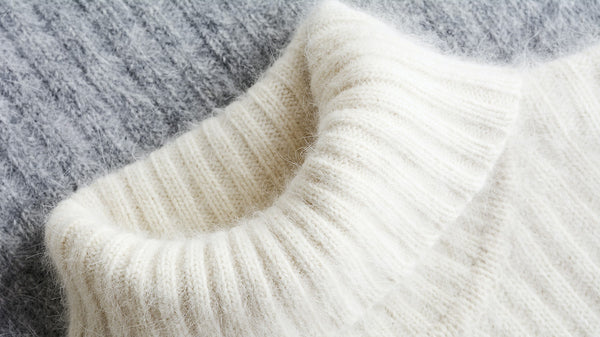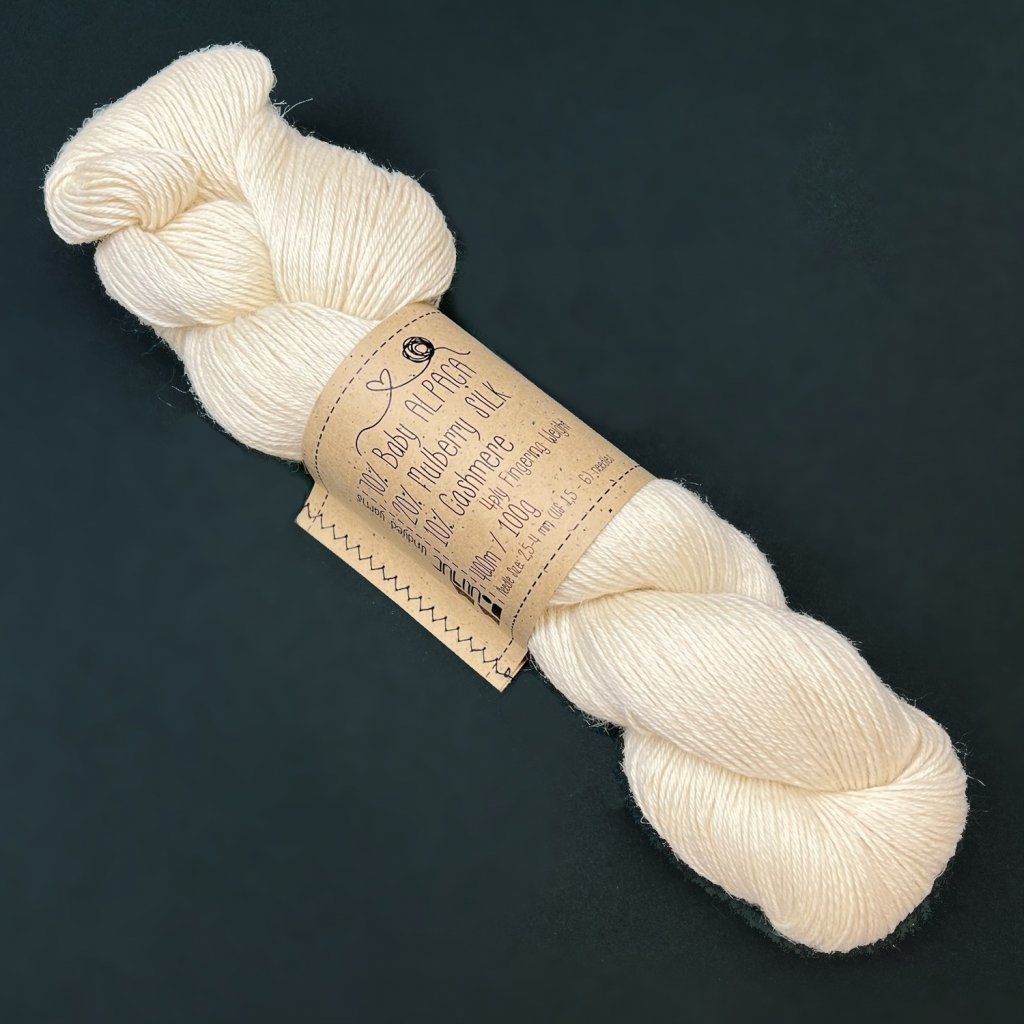Unveiling the Truths of cashmere and Its Classic Appeal in Style
Unveiling the Truths of cashmere and Its Classic Appeal in Style
Blog Article
Understanding the Different Sorts Of Cashmere a Natural Fiber and Their Distinct Benefits

The Beginnings of Cashmere: A Historic Introduction
While the luxurious touch of cashmere remains to appeal modern customers, its origins map back to the harsh, cold environments of Mongolia and the Mountain ranges. For centuries, the indigenous peoples of these areas have actually been raising Capra Hircus goats, the prime source of cashmere wool. These goats, durable against the serious winters, expanded a fine undercoat to make it through, which later came to be referred to as cashmere. The name itself admires Kashmir, an area in India where the woollen was initially refined. Much of the very early cashmere trade path was promoted by the Silk Roadway, linking Asia with the Center East and Europe. Despite its worldwide spread, the finest cashmere is still believed to originate from the original areas of Mongolia and the Mountain Ranges.

The Manufacturing Process: From Goat to Garment
Shearing a Capra Hircus goat notes the beginning of the detailed cashmere manufacturing procedure. This delicate treatment generally happens as soon as a year during spring. The penalty, soft undercoat is after that separated from the coarser outer hair, a process known as dehairing. The resultant raw cashmere is after that cleaned to remove pollutants such as oil, dust, and veggie matter.
The tidy fiber goes through coloring, rotating, and weaving, or knitting, to change it right into a textile. Facility treatments such as top quality control checks and finishing processes comply with, making sure the end product keeps the extravagant requirement expected of cashmere. This meticulous process, from goat to garment, justifies the high expense connected to cashmere items, making them a sign of luxury and refinement.
The Various Kinds Of Cashmere: A Comprehensive Analysis

The One-of-a-kind Advantages of Cashmere: Convenience and Sustainability
Relocating from the selection of cashmere types to the benefits they use, comfort and sustainability stand out plainly. Cashmere, a natural fiber, is renowned for its unparalleled softness, supplying a level of convenience that artificial fibers can not match. The product's lightness, yet outstanding warmth retention, makes it suitable for all periods. Cashmere's natural flexibility enables it to return to its initial shape, making it resistant to shrinking or stretching.
When it involves sustainability, cashmere is naturally degradable and sustainable, as it's harvested from cashmere goats that regrow their coats annually. what is cashmere. Unlike synthetic fibers which can take centuries to break down, cashmere's influence on the setting is very little. This combination of comfort and sustainability makes cashmere a beneficial selection for mindful consumers

Caring for Your Cashmere: Upkeep and Preservation Tips
While cashmere is certainly a glamorous and sustainable choice, it needs specific care to maintain its quality and extend its life-span. To begin, cashmere should be hand cleaned utilizing cool water and a mild cleaning agent. Cashmere products should be stored in a dry and trendy area, away from direct sunshine and wetness.
Investing in Cashmere: Understanding Its Value and Well Worth
Although cashmere might initially appear like a costly financial investment, its long-term worth and worth become evident when you consider its remarkable high qualities. Understood for its unrivaled softness and heat, cashmere is a costs natural fiber that outperforms other products. Investing in cashmere, consequently, is not just about present fashion patterns, yet regarding welcoming a sustainable, durable, and lavish way of living.
Conclusion
In summary, the kind of cashmere one selects, be it Mongolian, Chinese, or Italian, is determined by individual preferences for warmth, sustainability, luxury, and budget plan. The worth of cashmere extends beyond its price, with comfort and longevity contributing to its well worth. Proper care and maintenance can guarantee its conservation. As a result, recognizing the beginnings, production procedure, and distinct benefits of different sorts of cashmere can guide consumers in their investment in this elegant all-natural fiber.
Whether it's the exceptional warmth of Mongolian cashmere, the affordability of Chinese cashmere, or the eco-conscious manufacturing of Italian cashmere, there's a tale to be discovered behind each fiber kind. Cashmere, a natural fiber, is renowned for its unequaled softness, giving a degree of comfort that artificial fibers can't match.When it comes to sustainability, cashmere is biodegradable and sustainable, as it's gathered from cashmere goats who regrow their layers annually. Understood for its unrivaled softness and heat, cashmere is a costs all-natural fiber that outmatches other products. Recognizing the beginnings, production procedure, and special benefits of various types of cashmere can lead customers in their investment in this glamorous all-natural fiber.
Report this page